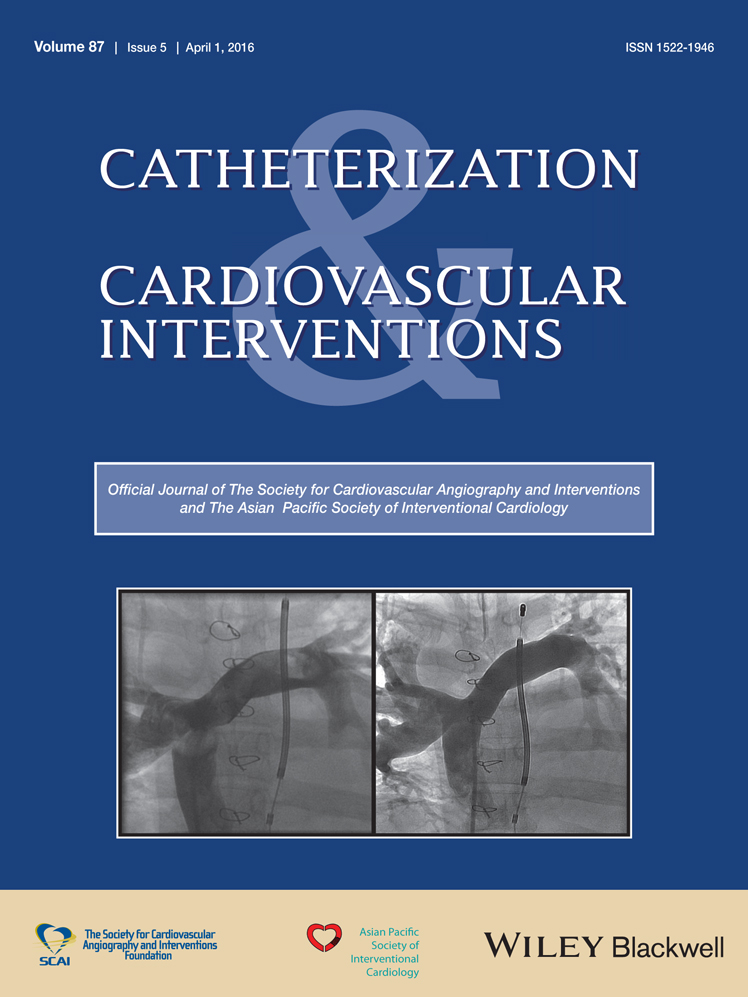Recanalization of chronic total coronary occlusions—high success rate despite a restrictive use of the retrograde approach
The study was not funded by the industry.
Conflict of interest: Nothing to report.
The authors take responsibility for all aspects of the reliability and freedom from bias of the data presented and their discussed interpretation.
Abstract
Aim
The retrograde approach in chronic total occlusion (CTO) percutaneous coronary intervention (PCI) is increasingly being used as a first-line intervention despite a higher radiation exposure, contrast volume, and a higher major adverse cardiac event (MACE) rate compared with the antegrade approach.
It was aimed to evaluate the overall success rate of CTO-PCI over time when the retrograde approach was restrictively used only after a failed antegrade attempt.
Methods and Results
In a prospective single operator registry from January 2008 to December 2012 about 436 consecutive patients underwent a CTO-PCI.
Mean age was 63.4 ± 10.3 years, and 86% were male. The overall success rate improved significantly over time [68% (first quartile) to 91% (fourth quartile), P < 0.001] due to a significant increase of the antegrade success rate. This could be achieved by a retrograde approach of less than 20% with no change over time. The overall in-hospital MACE rate was 0.69% with no difference between antegrade and retrograde procedures.
Conclusions
A high CTO-PCI success rate of above 90% could be achieved with a restrictive use of the retrograde technique. © 2015 Wiley Periodicals, Inc.




